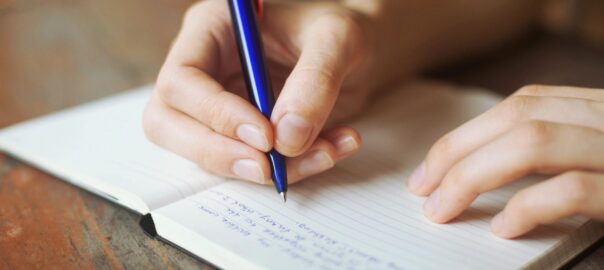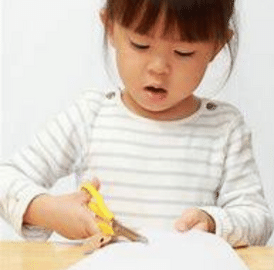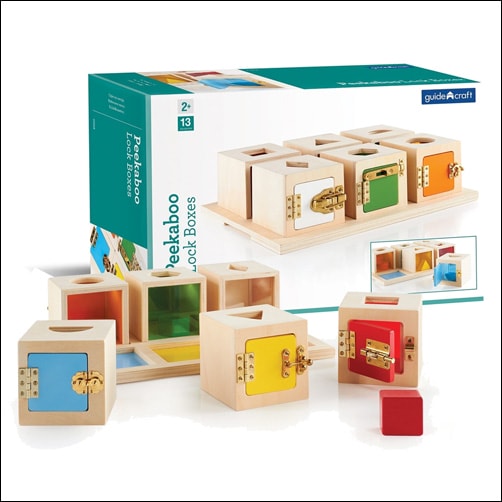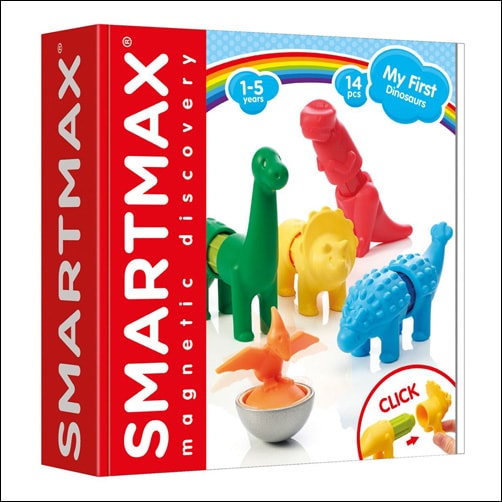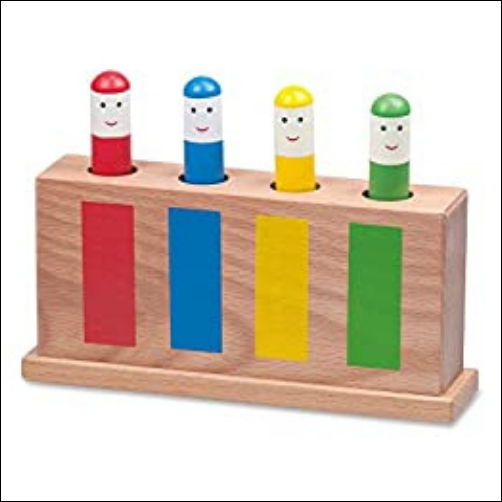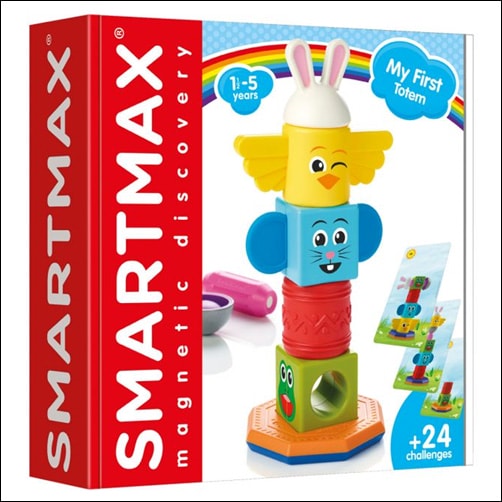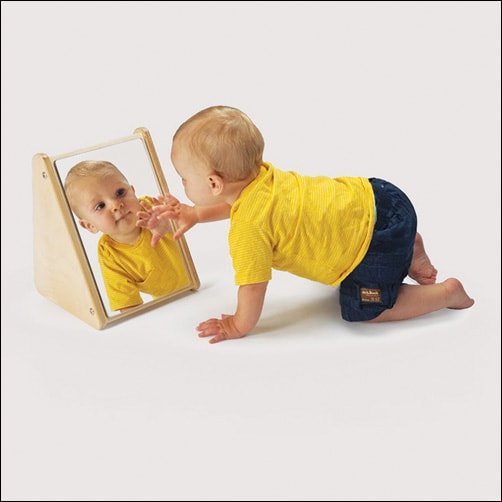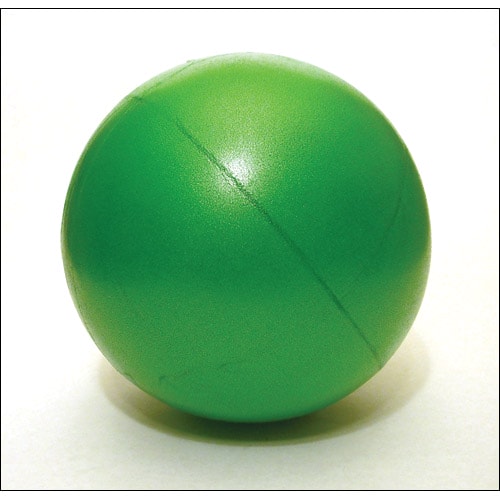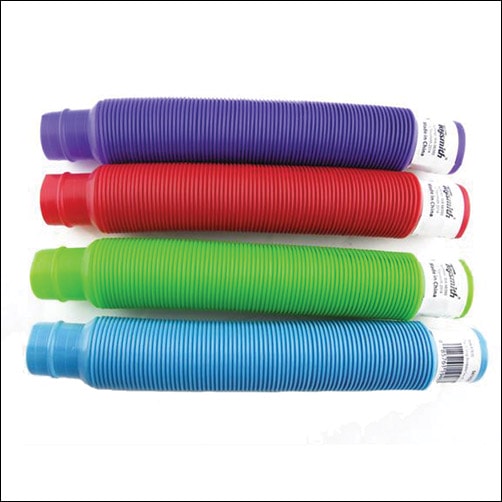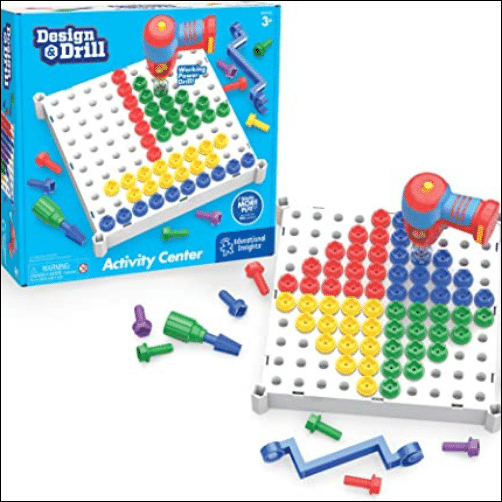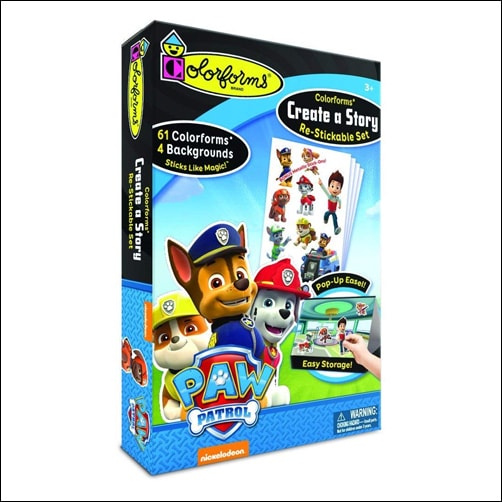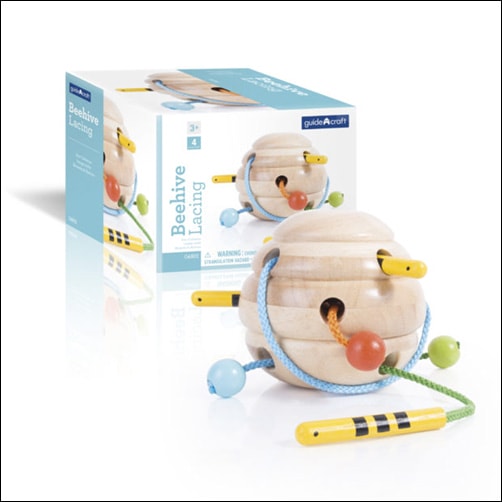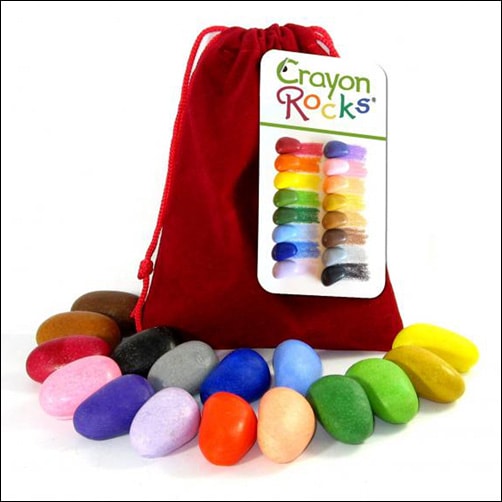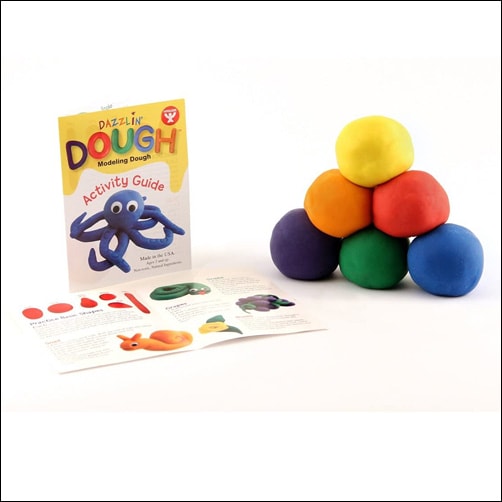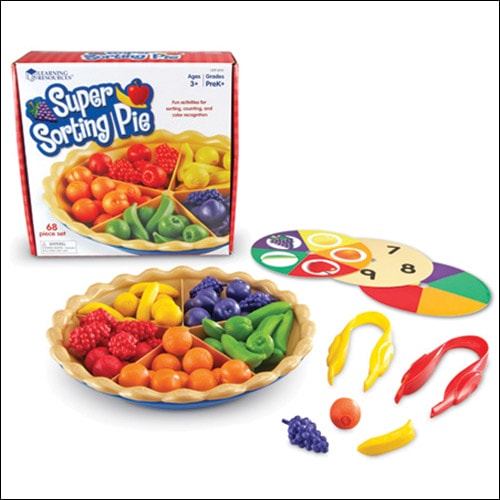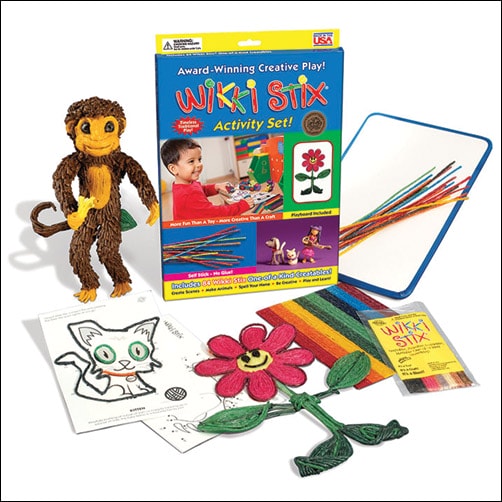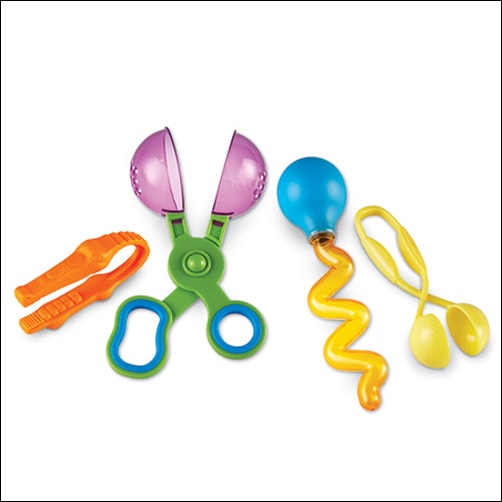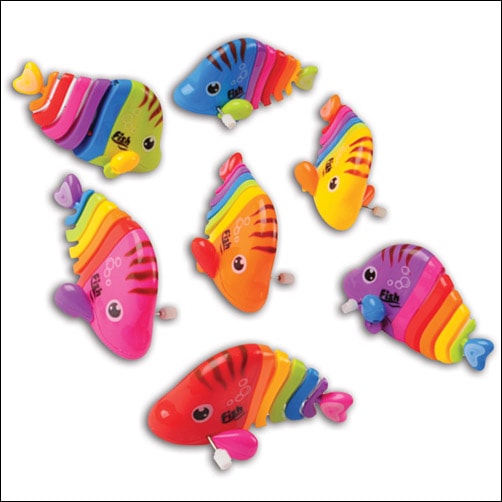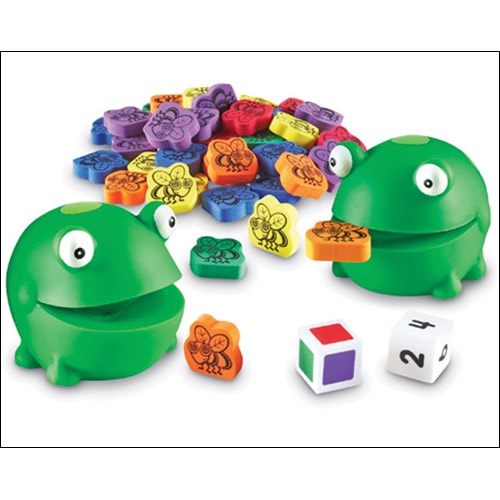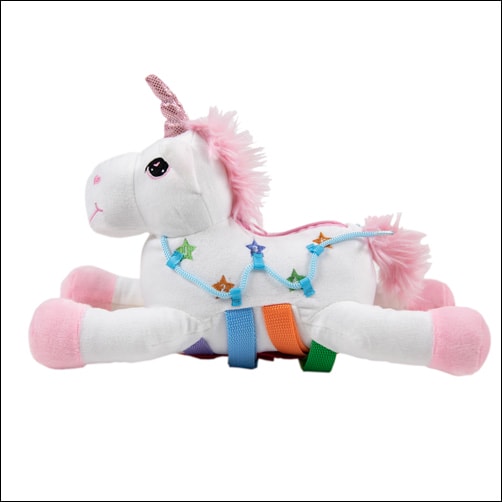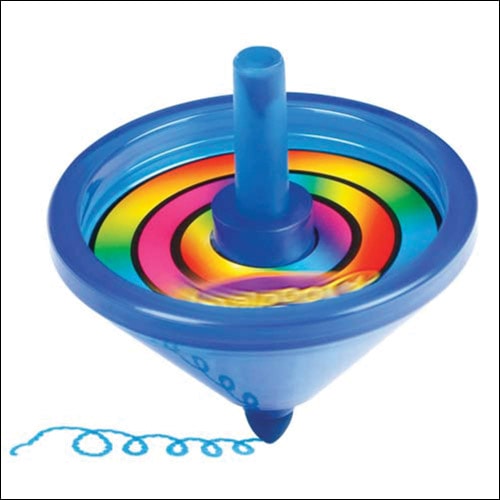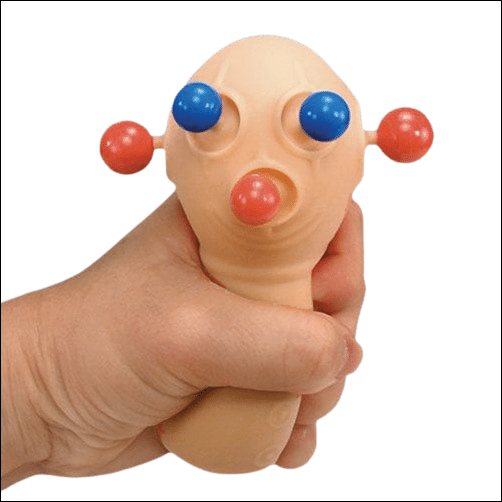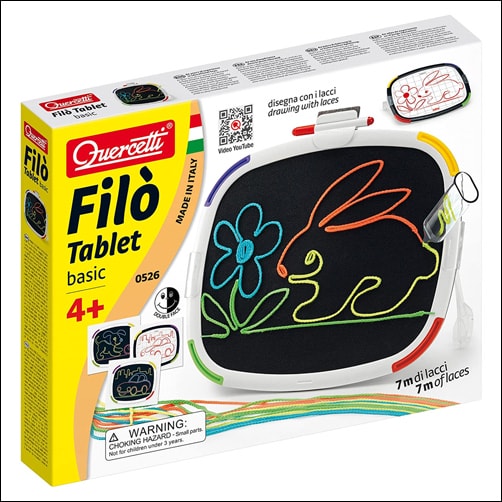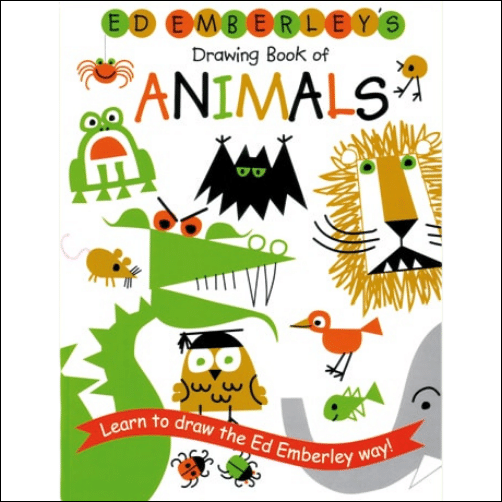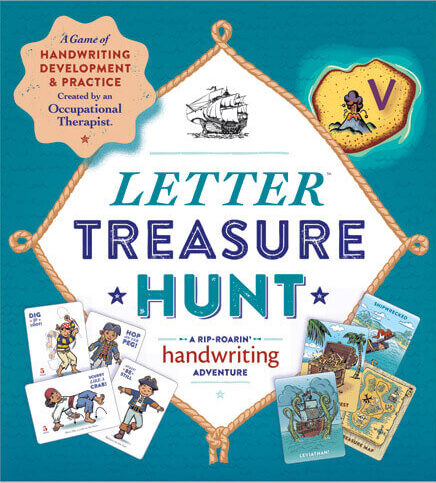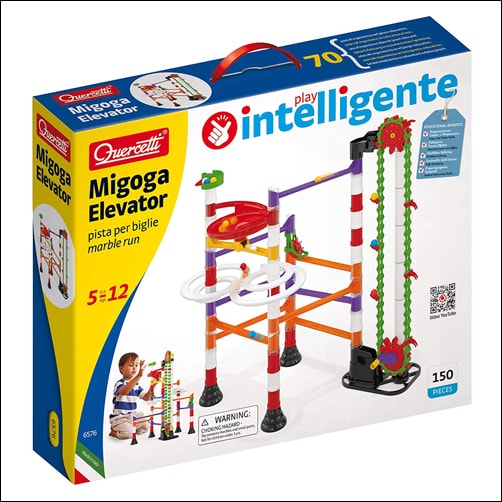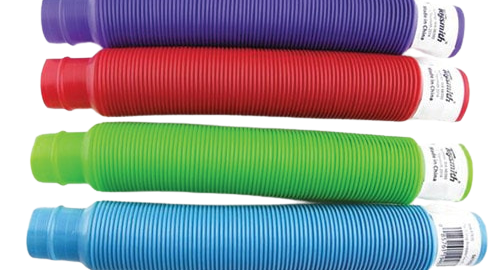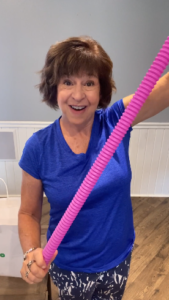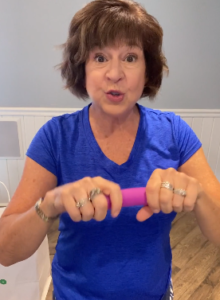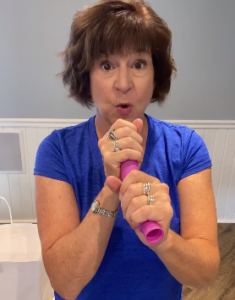What do the muscles of the core have to do with good handwriting? The simple answer is, a lot! The five main muscles of the core are the pyramidalis, rectus abdominus, external obliques, internal obliques, and transversus abdominis. These muscles are important for many day to day activities; for a deeper dive into this topic check out the free, recorded webinar Postural Control as a Base of Support for Upper Extremity Participation presented by Celine Rosati Skertich and Linda Merry. When it comes to handwriting, the core muscles are key to providing the stability from which our hands can work from. Without the stability provided by the core muscles, the arms would have difficulty positioning the hands and the hands would have difficulty holding writing utensils steadily. In order to make handwriting successful, it is important build a strong foundation from which students can work from! In this blog we will explore fun ways to develop and strengthen core musculature.
Alternative Seating
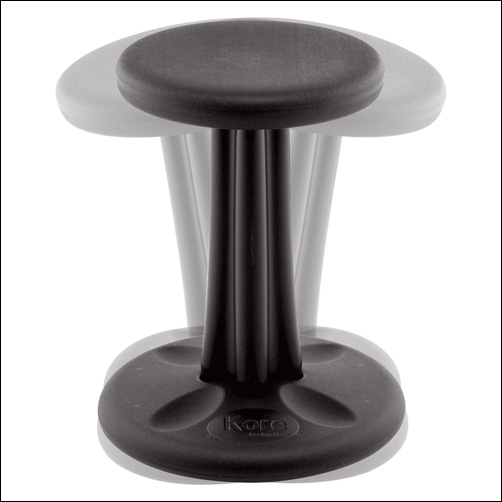
Adding dynamic movement to seated tasks, is a great way to build core muscle strength. There are a multitude of alternative seating options that allow for dynamic movement while sitting. Examples include, The AlertSeat, Kore Wobble Chairs, and therapy balls. For more information on this check out the blog post, Flexible Seating Options in The Classroom & Home Learning Environments. It is important to remember that using alternative seating to strengthening core muscles should be done during fun, non demanding activities such as watching a movie or playing an easy table game.
Scooter Board Fun
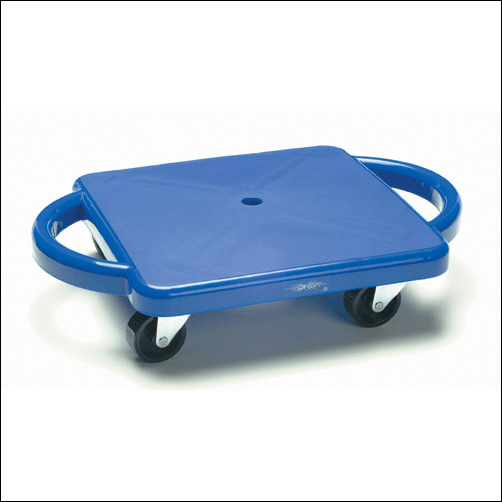
Scooter board activities are fun and engaging; depending on positioning, scooter board games can be a great way to strengthen either the front or the back core muscles.
Scooter board activities done while positioned on the stomach (‘superman position’; think belly down, arms and legs lifted and extended) are great for strengthening the extensor muscles. For a fun game try scooter board- bean bag tag. To play, players lay belly down on the scooter board with a set of beanbags on the scooter board directly under their chest (this encourages the extensor positioning). The goal of the game is to drop beanbags on opposing players’ backs. To do this they would use their arms to push their scooter to their opponent and then drop the beanbag on their opponent’s back.
Scooter board activities done while positioned on the back in the ‘tucked position’ (think knees in toward the chest, arms flexed, and head lifted) are a great way to target the flexor muscles. Scooter board monster stomp is a great example. To play, tape pictures of monsters (or anything of interest) to the wall, at a low level, 1-2 feet from the floor. The player lays on their back on the scooter board and assumes the ‘tucked’ position. The player’s teammate (or therapist) gently pushes the player to the first monster (a small push on the shoulders will usually do the trick!). The player’s job is to stomp the monster with his feet with enough force to propel him back to his teammate who will direct him to the next monster. Use caution here, this game takes a lot of strength! As soon as the player shows signs of fatigue (i.e. difficulty holding his head up) players should switch turns.
For more fun scooter board game ideas check out the Scooter Board Activities Fun Deck.
Balance Games
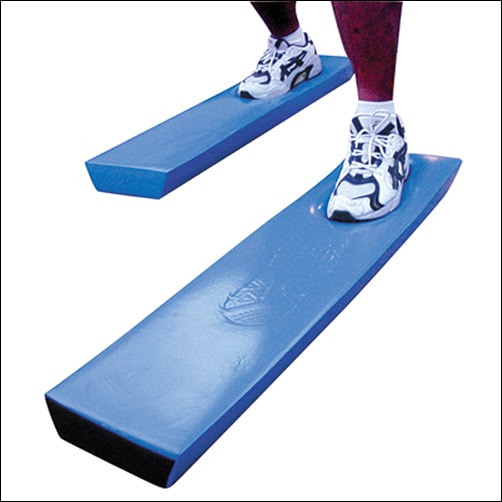
Balancing requires core stabilization, a great way to strengthen those muscles! A simple game of catch becomes a core strengthening challenge just by standing on a wobble board or air filled cushion. A core workout can be done while completing an obstacle course simply by adding a balance beam component or stepping stones. Another great option is to explore the many different yoga balance poses!
Handwriting is an intricate process that requires more than just putting pen to paper; the core muscles provide the essential stability from which our hands work off of. Building a strong foundation, before we put pen to paper, will increase handwriting success and lessen frustration.

